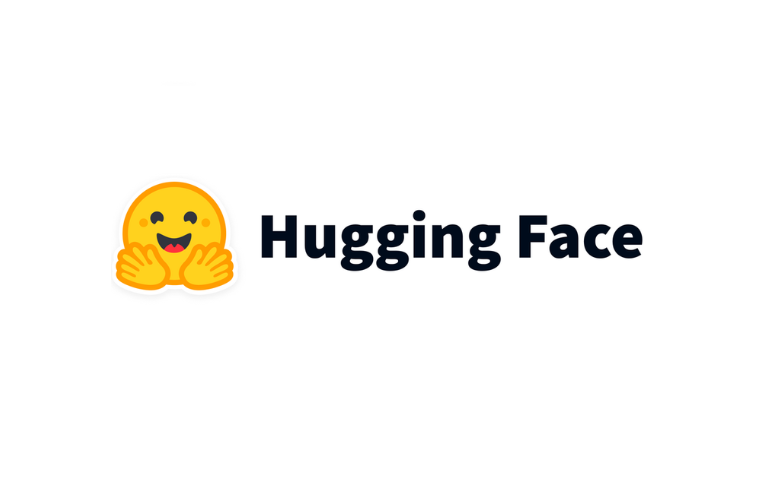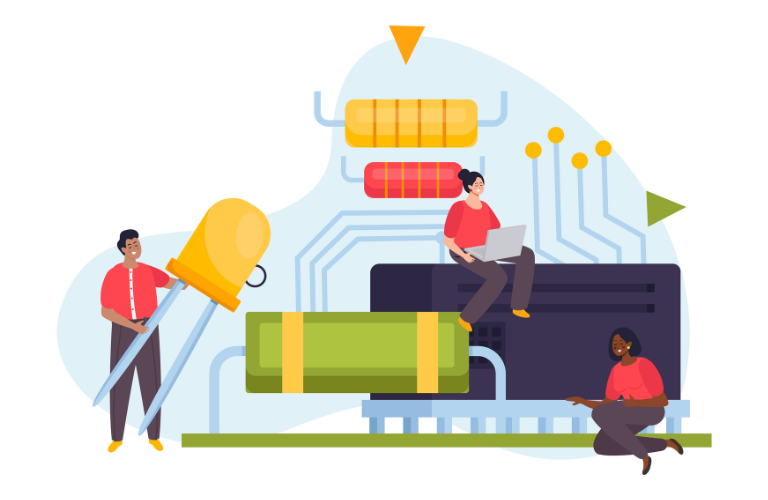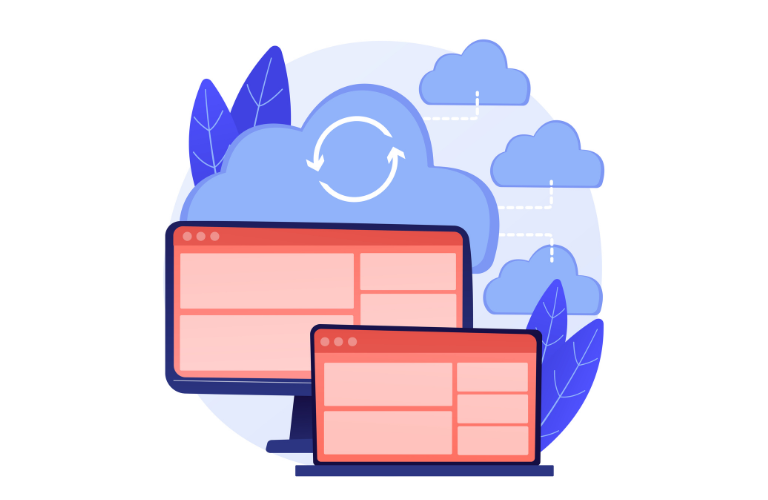Introduction to Hugging Face and NLP
Natural Language Processing (NLP) has transformed industries by enabling machines to understand human language. From chatbots to sentiment analysis, NLP powers tools we use daily. Hugging Face, a leader in open-source AI, offers pre-trained models that simplify these tasks.
In this guide, we’ll explore the top 5 Hugging Face models for NLP, their real-world applications, and how to implement them effectively. Whether you’re a developer or a business leader, these models can supercharge your AI projects.
Why Hugging Face Models Dominate NLP
Hugging Face’s Transformers library provides over 100,000 pre-trained models, making NLP accessible to everyone. Key advantages include:
- Ease of Use: Simple APIs for quick integration.
- Community-Driven Innovation: Regular updates from a global developer community.
- Versatility: Models for translation, summarization, text generation, and more.
For example, companies like Google and Facebook use these models to enhance search algorithms and detect harmful content.
1. BERT: The Bidirectional Powerhouse
Overview and Industry Impact
Developed by Google, BERT (Bidirectional Encoder Representations from Transformers) revolutionized NLP by analyzing text context bidirectionally. It’s widely used for:
- Search Engines: Google uses BERT to improve search result accuracy.
- Customer Support: Automate ticket classification and response suggestions.
- Healthcare: Extract insights from medical records.
Key Features and Limitations
Strengths:
- Trained on BooksCorpus and Wikipedia.
- Supports 104 languages (multilingual BERT).
Limitations:
- High computational demands (requires GPUs for fine-tuning).
- Not ideal for real-time applications.
Code Example: Fine-tune BERT for sentiment analysis:
from transformers import BertTokenizer, BertForSequenceClassification
tokenizer = BertTokenizer.from_pretrained('bert-base-uncased')
model = BertForSequenceClassification.from_pretrained('bert-base-uncased')
# Train with your dataset! 2. GPT-2: Master of Text Generation
Real-World Applications
OpenAI’s GPT-2 generates human-like text, making it ideal for:
- Content Creation: Draft blogs, social media posts, or product descriptions.
- Chatbots: Power conversational AI for e-commerce (e.g., Shopify stores).
- Creative Writing: Assist authors with story ideas.
Pro Tips and Challenges
Strengths:
- Generates coherent long-form text.
- Zero-shot learning (no task-specific training needed).
Challenges:
- Risk of generating biased or harmful content.
- Requires careful output filtering.
Code Example: Generate blog ideas with GPT-2:
from transformers import pipeline
generator = pipeline('text-generation', model='gpt2')
prompt = "Top 5 benefits of AI in healthcare:"
print(generator(prompt, max_length=150)) 3. T5: The Text-to-Text Swiss Army Knife
Unified Framework for Diverse Tasks
Google’s T5 reframes all NLP tasks (translation, summarization) into a text-to-text format. Use cases include:
- News Aggregation: Summarize articles for platforms like Reuters.
- Multilingual Chatbots: Translate user queries in real-time.
- Sentiment Analysis: Classify product reviews on Amazon.
Why Choose T5?
- Flexibility: One model for multiple tasks.
- Scalability: Available in sizes from “small” to “11B parameters.”
Code Example: Translate English to French with T5:
from transformers import T5Tokenizer, T5ForConditionalGeneration
tokenizer = T5Tokenizer.from_pretrained('t5-small')
model = T5ForConditionalGeneration.from_pretrained('t5-small')
input_text = "translate English to French: Hello, how are you?"
inputs = tokenizer(input_text, return_tensors="pt")
outputs = model.generate(inputs.input_ids)
print(tokenizer.decode(outputs[0])) 4. RoBERTa: Optimized for Performance
Enhanced BERT for Precision
Facebook AI’s RoBERTa improves BERT by training longer on more data. Applications include:
- Social Media Moderation: Detect hate speech on platforms like Twitter.
- Financial Analysis: Analyze earnings reports for sentiment.
- E-commerce: Classify product reviews by tone.
Advantages Over BERT
- Training Data: 160GB vs. BERT’s 16GB.
- Accuracy: Outperforms BERT on GLUE benchmarks by 2-5%.
Code Example: Fine-tune RoBERTa for fake news detection:
from transformers import RobertaTokenizer, RobertaForSequenceClassification
tokenizer = RobertaTokenizer.from_pretrained('roberta-base')
model = RobertaForSequenceClassification.from_pretrained('roberta-base')5. DistilBERT: Lightweight and Efficient
Speed Without Sacrificing Accuracy
DistilBERT retains 95% of BERT’s performance with 40% fewer parameters. Ideal for:
- Mobile Apps: Integrate NLP into iOS/Android apps.
- Real-Time Analytics: Process customer feedback instantly.
- Startups: Reduce cloud computing costs.
Pro Tip: Use Hugging Face’s pipeline API for quick deployment:
from transformers import pipeline
classifier = pipeline('text-classification', model='distilbert-base-uncased')
print(classifier("This product is amazing!")) How to Choose the Right Model
| Model | Best For | Hardware Needs |
| BERT | Contextual understanding | High (GPU) |
| GPT-2 | Text generation | Medium-High |
| T5 | Multi-task workflows | Medium-High |
| RoBERTa | High accuracy tasks | High |
| DistilBERT | Low-resource environments | Low (CPU-friendly) |
Decision Factors:
- Task Type: Use T5 for translation, GPT-2 for creative writing.
- Resource Availability: Choose DistilBERT for mobile apps.
- Accuracy vs. Speed: RoBERTa for precision, DistilBERT for speed.
Step-by-Step Implementation Guide
Install Libraries:
pip install transformers torch Test a Pre-Trained Model:
from transformers import pipeline
summarizer = pipeline('summarization', model='t5-small')
print(summarizer("Long text here...", max_length=130)) Conclusion: Transform Your NLP Projects Today
From BERT’s deep contextual analysis to DistilBERT’s efficiency, these top Hugging Face models for NLP cater to every need. Experiment with them to automate workflows, enhance user experiences, or unlock new insights from text data.




